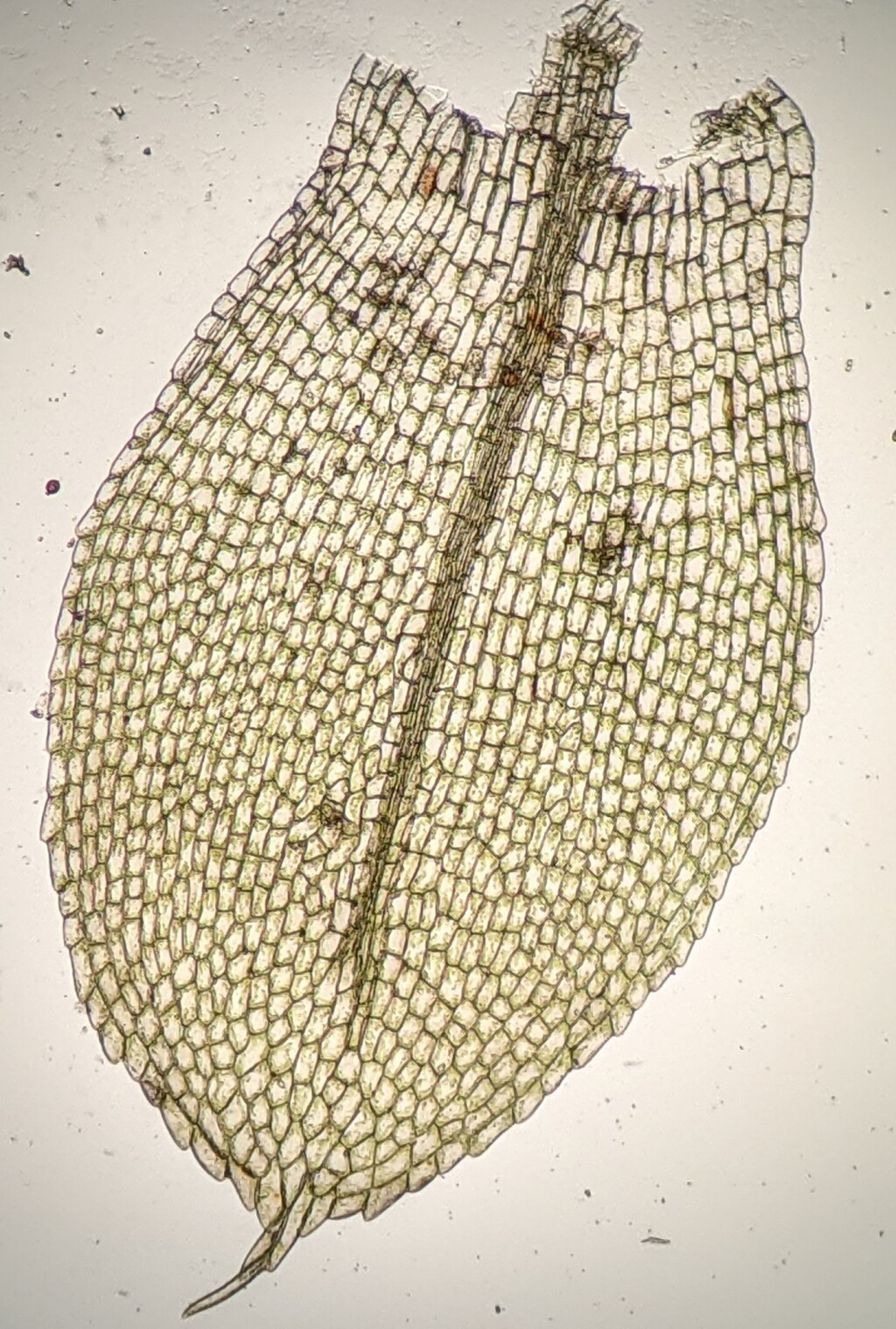Entosthodon
Autoicous, paroicous (not in Victoria) or polyoicous (not in Victoria). Asexual propagules absent. Gregarious on soil. Stems simple, forked or branching by innovation, covered with rhizoids. Leaves ovate, elliptic, ovate-lanceolate to oblong-obovate, lingulate or spathulate, erect or erect-spreading when moist, scarcely altered or contorted when dry; apex obtuse, apiculate, acute or acuminate, sometimes with a hairpoint; costa ending in apical half well below apex, subpercurrent, percurrent or excurrent; margin entire or crenulate to serrate toward apex, plane, with or without a border of elongated cells; laminal cells quadrate, rhomboid, pentagonal or oblong-hexagonal, becoming rectangular toward base; alar cells not differentiated or sometimes up to 4 and inflated in angles. Seta smooth or papillose (not in Victoria), straight or curved, hygroscopic. Capsule erect or inclined, symmetric or asymmetric, oblong-pyriform, pyriform or obovoid, rarely ovoid, operculate, sulcate in neck when dry, with a simple rudimentary annulus or annulus absent. Calyptra cucullate or mitrate, rostrate, smooth. Operculum plano-convex to convex, rarely conic. Peristome double, single or absent; exostome teeth well developed and straight or sigmoidal, or rudimentary or absent, not fused at apices; endostome segments well developed, rudimentary or absent.
On all continents except Antarctica, with around 90 species; six species in Victoria.
Entosthodon in its current circumscription encompasses multiple lineages, some of which are closer related to other genera than they are to the other Entosthodon lineages (Liu et al. 2012; Wilding 2015; Medina et al. 2018). Wilding (2015) proposed that these lineages be separated into four separate genera, at least three of which have been shown to include Victorian species. This revision is yet to be formally published and until it is Entosthodon is tentatively retained in its broader circumscription as defined by Fife (1985). A rudimentary annulus or no annulus consistently distinguishes Entosthodon from the similar Funaria (see Funaria profile).
 Spinning
SpinningLiu, Y.; Budke, J.M.; Goffinet, B. (2012). Phylogenetic inference rejects sporophyte based classification of the Funariaceae (Bryophyta): rapid radiation suggests rampant homoplasy in sporophyte evolution. Molecular Phylogenetics and Evolution 62: 130–145.
Medina, R.; Johnson, M.; Liu, Y.; Wilding, N.; Hedderson, T.A.; Wickett, N.; Goffinet, B. (2018). Evolutionary dynamism in bryophytes: Phylogenomic inferences confirm rapid radiation in the moss family Funariaceae. Molecular Phylogenetics and Evolution 120: 240–247.
Wilding, N. (2015). Systematics, biogeography and morphological evolution in Entosthodon Schwägr. (Bryopsida, Funariaceae) with a revision of the genus in Africa. PhD Thesis, University of Cape Town.




